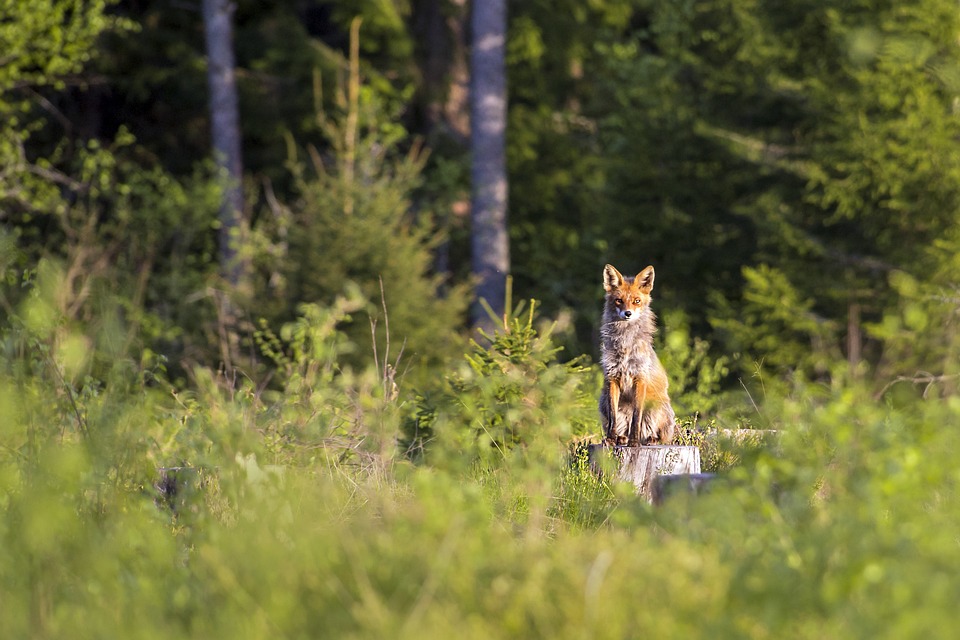House training is an important aspect of owning a dog. It not only keeps your home clean and odor-free, but it also helps strengthen the bond between you and your furry friend. Additionally, a well-trained dog is more likely to be accepted in public spaces and other people’s homes. In this ultimate guide, we will provide you with valuable tips and techniques to successfully house train your dog.
One of the most crucial tips for successful house training is to establish a routine. Dogs thrive on predictability, so it’s important to create a consistent schedule for feeding, playtime, and potty breaks. By doing this, your dog will understand when and where they should go to relieve themselves.
Choosing a designated elimination area is also key. Select a specific spot outside where you want your dog to eliminate and consistently take them to that area. Use a command like “go potty” to associate the action with the location. This will help your dog understand where they should go when they need to relieve themselves.
Supervision and limiting your dog’s freedom are important until they are reliably house trained. It’s crucial to closely supervise your dog, especially when indoors. Consider using baby gates or a crate to confine them to a small area or room. This limits their access to the entire house, making accidents less likely.
Positive reinforcement is a powerful tool in house training. Whenever your dog eliminates in the appropriate area, reward them immediately with praise, treats, or a favorite toy. This positive association will encourage them to repeat the desired behavior.
Remaining patient and consistent is essential throughout the house training process. Remember that accidents are bound to happen, and it’s important to avoid punishment. Instead, focus on reinforcing positive behaviors and sticking to your routine and training methods.
To address some commonly asked questions, the time required to house train a dog can vary. It can take anywhere from a few weeks to several months, depending on factors such as the dog’s age, breed, and previous training. Potty break frequency depends on your dog’s age and size, with puppies generally needing to go outside every 1-2 hours. If your dog has an accident indoors, calmly interrupt them and take them outside to finish. Avoid punishment and clean up accidents with an enzymatic cleaner to discourage repeat accidents in the same spot. Pee pads or artificial grass can be useful during house training, but it’s important to gradually transition your dog to eliminating outside to avoid confusion.
In conclusion, house training your dog requires patience, consistency, and positive reinforcement. By following the tips and techniques outlined in this ultimate guide, you can successfully teach your furry friend to eliminate in the appropriate place. Remember to establish a routine, choose a designated elimination area, supervise your dog, use positive reinforcement, and remain patient throughout the process. Good luck with your house training journey!









